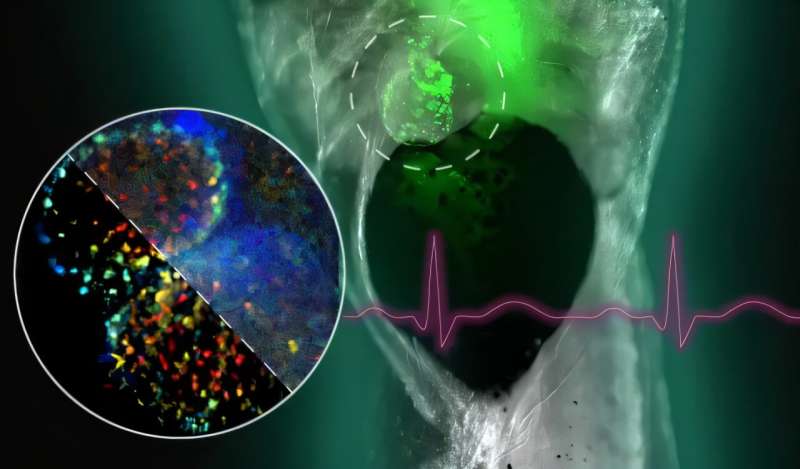A new algorithm described in Nature Cardiovascular Research could lead to clearer images, earlier diagnoses and better outcomes.
“Enhancing visualization of cardiac systems is just one application of this new tool,” said Eric Lyons, a program director in the NSF Directorate for Biological Sciences. “This could also help advance live-cell imaging in other parts of the body, like the brain, and drive insights into fundamental biological processes and systems.”
Current forms of imaging each have drawbacks, being limited by how broad or deep they can visualize, the ability to visualize small scales like molecules or the frame rate of cameras and the speed of data acquisition and processing. The algorithm addresses many of these challenges and allows for simultaneous viewing of multiple parameters and measurement of the volume of heart chambers.
The tool uses an approach known as multiscale recursive decomposition, wh

